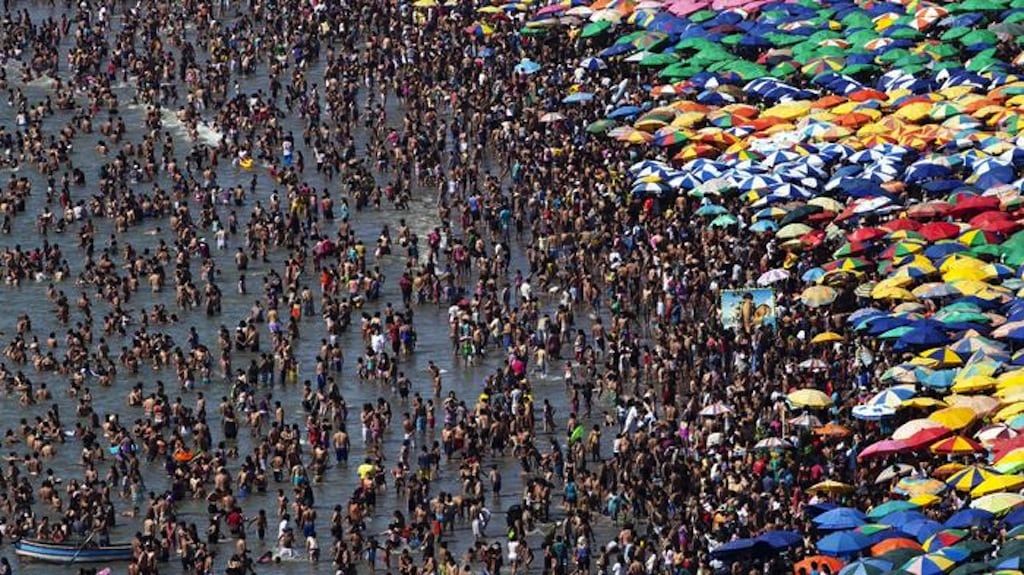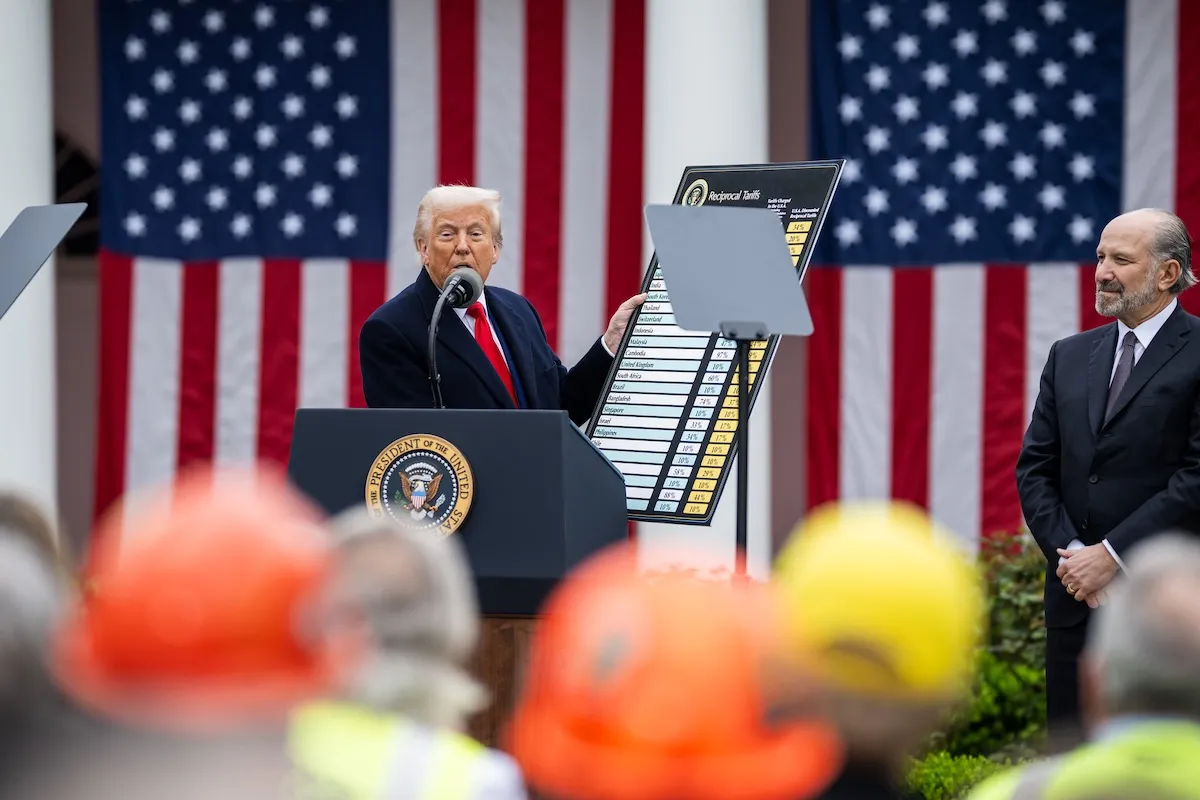Lima's lone municipal beach is magnet for the masses

Skift Take
While Lima's elite passes its summer weekends in gated beach enclaves south of the Peruvian capital, the working class jams by the thousands on a single municipal beach of grayish-brown sands and gentle waves.
The only barrier to entry to Agua Dulce beach is two dollars, the price of bus fare to and from the beach some 12 miles (20 kilometers) south of the city center.
"There are Sundays when it's just packed to the gills," says Carlos Vergara, a portrait photographer who has been working Lima's beaches for 50 years.
Until the mid-20th century, Lima's lower classes couldn't afford beach-going, said Juan Pacheco, a historian of the city. Road-building to the coast solved that, and the rich began to largely abandon Lima's beaches to the poorer set.
On some weekends during the Southern Hemisphere summer, which runs from December until March, as many as 40,000 people a day visit the half-mile-long (kilometer-long) strip of Agua Dulce. Beachgoers arrive in groups of 20-30, hauling enormous pots of fragrant chicken and rice.
Some from Andes mountain communities are getting their first glimpse of the gray-green sea, a color it takes from the Lima sky and the sand of the beach.
"I thought the ocean was blue, but it's gray," said Dolores Silva, 72, smiling as she adjusted a brown cloth hat she'd brought from home, the interior state of Apurimac.
As she speaks, Vergara and other photographers take instant portraits of cooing couples, soldiers on leave, fathers parading first-borns. Other vendors pick their way through the throngs selling candy apples, hot baked bread and plastic inflatable versions of SpongeBob SquarePants.
Children dig holes in the sand and bury each other up to their necks.
As the sunset spreads an orange glow over the Pacific, mothers rinse the sand and salt off their children at the fresh-water fountain fed by a spring that gives the beach its name.
![]()




